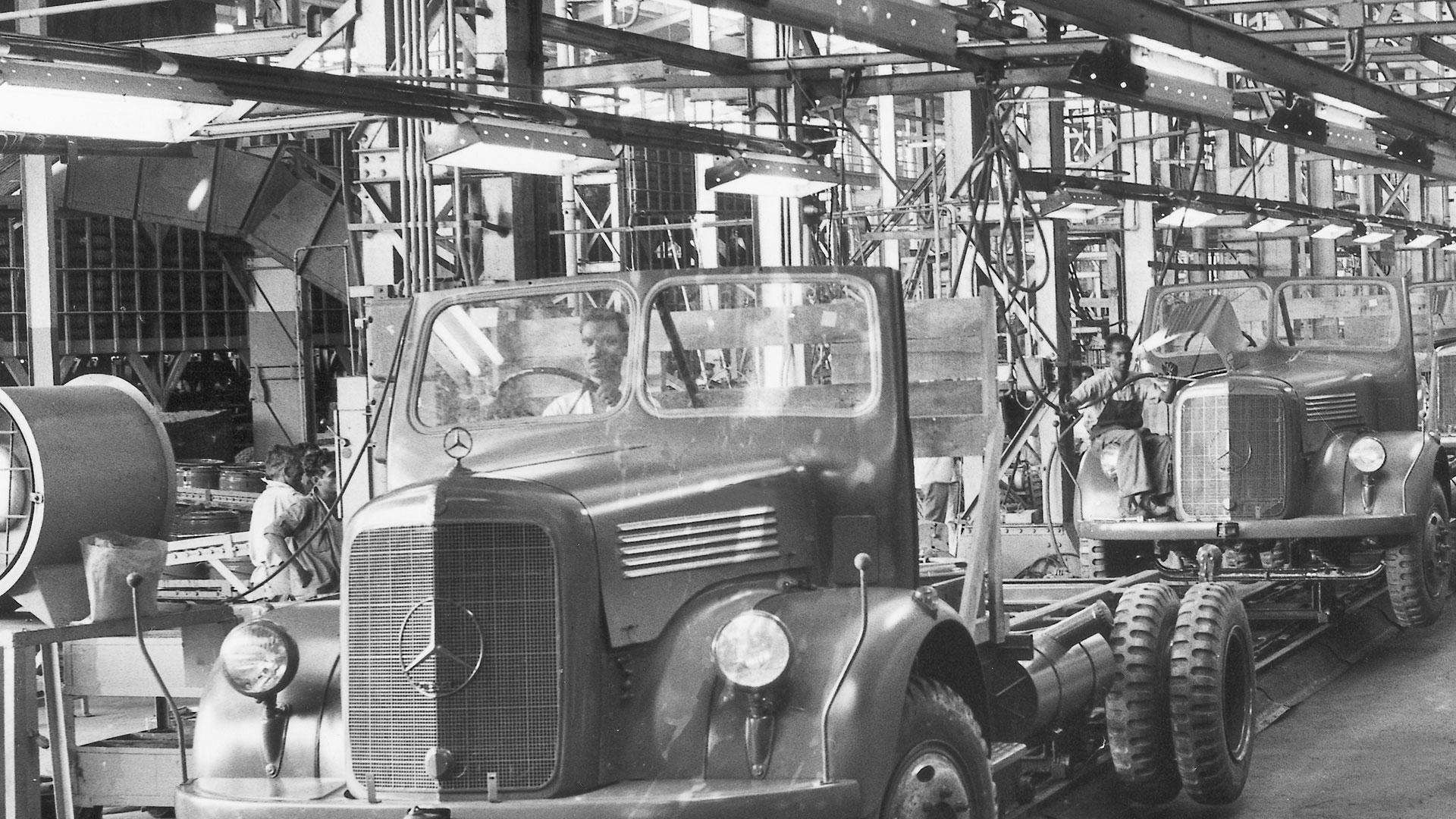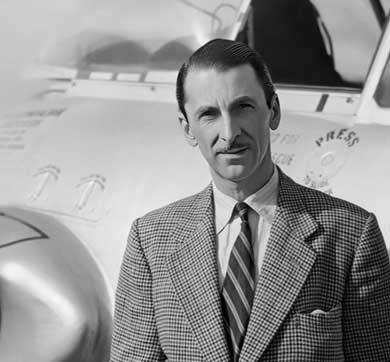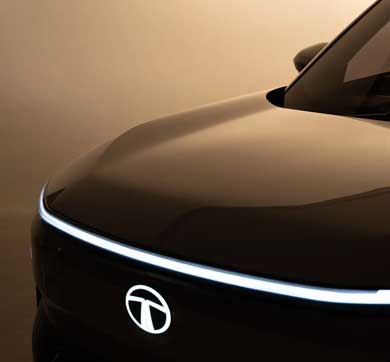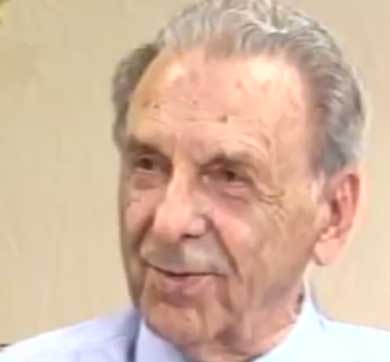July 2019 | 1415 words | 5-minute read
On September 1, 1945, Tata Locomotive and Engineering Company was incorporated as a public limited company. On November 1 of that year, it received a certificate of commencement to produce locomotives and boilers. But at the end of World War II, there was an opportunity to move into other heavy engineering products.
The following is an excerpt from RM Lala's biography of JRD Tata, Beyond The Last Blue Mountain on the founding of what is today known as Tata Motors:
Involved with steel, JRD felt that the Tatas were competent to establish in India an engineering complex the like of which the country did not yet have. Tata Steel provided the springboard for this new complex.
Within one-and-a-half months of its birth in September 1945, the chairman JRD Tata explained to the board, “The company was promoted to manufacture not only boilers and locomotives but also heavy engineering equipment such as road rollers, tractors, earthmoving equipment, diesel engines, etc. The original intention was that the manufacture, of such heavy engineering, should be undertaken only after the Company had successfully manufactured boilers and locomotives. But, in view of the immediate post-war demand for the former type of equipment, the (managing) Agents felt that it might become necessary to commence the manufacture of such equipment at an earlier stage…”
“We need Moolgaokar”
One day JRD turned to Moolgaokar with the words, “How long are you going to make the glue that sticks the bricks together?” He hoped to interest the young engineer in the new company coming up in Jamshedpur. On his return from the West (Moolgaokar had been on a learning trip to Europe and America), JRD requested the Chairman of ACC, Sir Homi Mody, to release Moolgaokar. Sir Homi declined saying, “We need Moolgaokar.”
JRD did not take “No” for an answer. He approached Sir Homi a second time. Sir Homi was Chairman of ACC, by virtue of representing the Tatas on its Board. Noting that the Chairman of Tata Sons was determined, Sir Homi relented. In 1949, Moolgaokar joined TELCO as Director-in-charge.
TELCO’s project started with boilers went on to underframes of wagons and then to locomotives. Britain was the main exporter of locomotives to India and was not keen to part with its technology - and its customer. So, Tatas scouted around in Germany. Soon enough, Krauss Maffei, headquartered near Munich, agreed to assist with technology for boilers and locomotives.
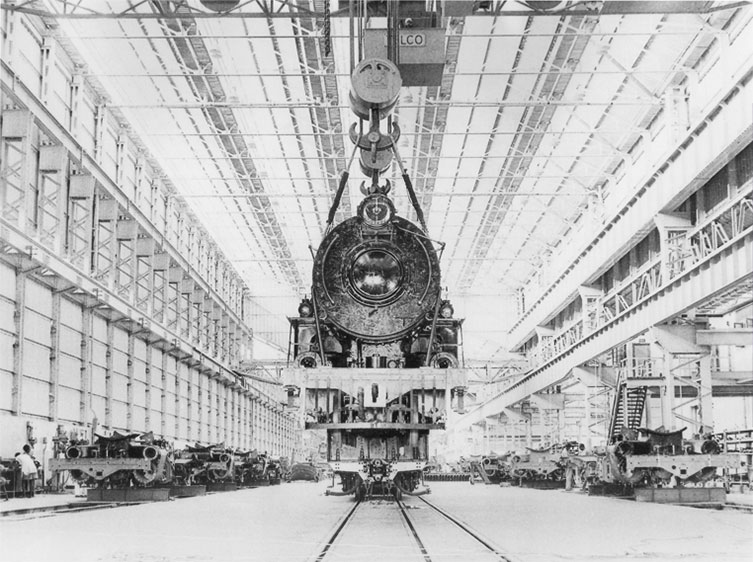
Partition
TELCO had a shaky start. For the arduous task of boiler-making, the crew was entirely made up of tough Pathans from the North-West. The first boilers had hardly come out when in 1947, Partition rocked India and with it the fury of Hindu-Muslim riots. The Pathans fled from Jamshedpur to Pakistan overnight. The boiler plant was paralysed.
In the time it took to train a fresh crew, Moolgaokar used the workers to keep the place spick and span. Sir Jehangir Ghandy (then at Tata Steel) visited the plant and remarked that he had never seen such a shining workshop. He suggested to Moolgaokar that if TELCO could not make a profit manufacturing Boilers, they could “at least show visitors around and charge them for seeing the showpiece.” It took six months to train the next crew.
“The first boiler to emerge was,” said Moolgaokar, “the most expensive in history. The company had yet to settle down and we produced more General Managers than boilers.” English general managers succeeded one another till a German finally came and held the floor.
Locomotives steamed out from the Tata plant next and in little over a decade, more than 10,000 Tata locomotives joined Indian Railways. But soon Tatas realized that they were in a most vulnerable industry. Their sole customer was the Indian government and the railways could beat down the prices to any level they wanted. They were vulnerable to demand fluctuations too.
Just at that moment, destiny opened a door.

Enter Daimler-Benz
Daimler-Benz, which till the 1950s, had not extended itself beyond Germany, asked Tatas if they were interested in manufacturing trucks. JRD, his legal adviser JD Choksi, and Moolgaokar went to Geneva for negotiations. The Daimler-Benz lawyer had drafted terms which were disputed by JD Choksi, whom the Germans called “Yoksi”. It appeared as if the negotiations would break down. Just then the Chairman of Daimler-Benz broke the ice. He looked at JRD and said, “You draft the agreement and we’ll discuss it.”
In that moment of trust, a partnership was born. In May 1954, the Tata draft was accepted. “We derailed the locos and got on the track with trucks. After that we never looked back,” said Moolgaokar.
TTK
The next hurdle was to tackle the Indian Government for permits and licences. The mid-1950s were a difficult period for industry and the basic thinking of Prime Minister Nehru was that the state should get an increased control in heavy engineering.
With some trepidation, JRD and Moolgaokar went to see TT Krishnamachari, the then Industries Minister. Much to their surprise, TTK quickly got the point of Tatas entering the field of road transport and without reference to anybody said, “Go ahead,"
“But that’s not enough. We need the permits and the licenses,” said JRD. “You will get it,” said TTK and instructed one of his secretaries to make everything available to the Tatas speedily.
“TTK could be arrogant, ill-tempered and undemocratic but he was an extraordinary decision-maker,” said JRD. Before they knew it, the project was cleared. The initial collaboration between Benz and Tatas was to be for fifteen years. The original name of the company was the Tata Locomotive and Engineering company. It was changed to the Tata Engineering and Locomotive company when the primary objective of the company shifted from locomotives to trucks and general engineering.
Within a few years of signing the successful collaboration with Benz, JRD wrote to his friend George Woods (later to become President of the World Bank) in 1959: “Our TELCO’s locomotive division is never likely to make any money in view of the purchasing policy of the Indian Railways. We have to keep up with it both as a matter of service to the country and in recognition of the fact that the industry was established with the Government’s support. We hope to switch over to diesels in the years to come and have put forward a project for the manufacture of both the chassis and the engines but, as I have said, all we can hope to do financially is to break even and spread our general overheads. We have everything to gain by strengthening the automobile division. We shall of course continue to develop truck manufacture to the maximum extent possible, but we feel the time as come to move into the small car filed where there is likely ultimately to be an unlimited market. You may, however, be relieved to know that there is no certainty about this scheme as there will be no doubt be strong opposition from our competitors and possibly from other sources”
Major Attention To Minor Details
The Benz engineers were sticklers for perfection, as were JRD and Moolgaokar, so it turned out to be a happy collaboration. Once every week all the parts rejected by the German technicians in Jamshedpur were displayed and a post-mortem held. This ‘major attention to minor details’ was a painful exercise for the Indian engineers but it was through such discipline that TELCO’s standard was jacked up.
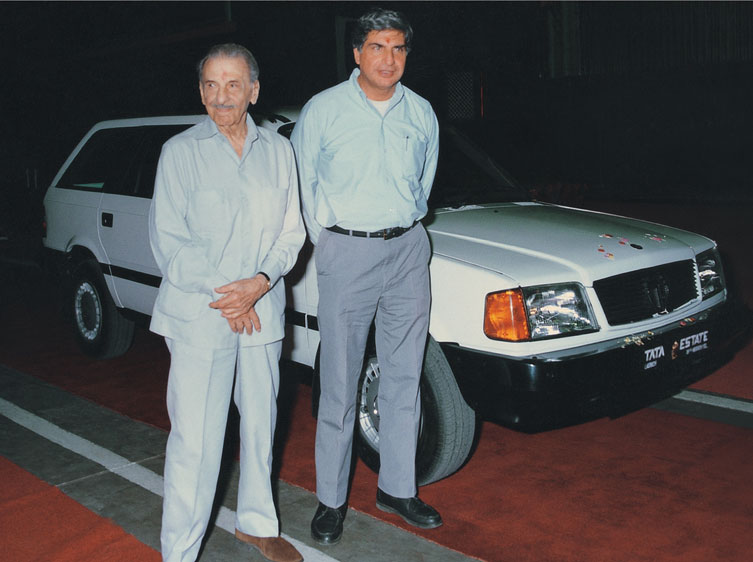
Moolgaokar said, “There is a belief in our country that our culture and our Indian character cannot allow our people to attain consistently high standards, that shoddiness and carelessness are our God-given, unalterable way of life. But if, with faith in them, you ask our men for their best, they rise to your belief and in their worth and relate a momentum towards improvement. Often I have seen men who are considered ordinary rise to extraordinary heights. Do not accept second-rate work; expect the best, ask for it, pursue it relentlessly and you will get it.”
In the years that followed, Tatas decided to set up a TELCO factory and a research division in Pune. Moolgaokar was not interested in assembling trucks or only manufacturing them. He believed that a company should have “in-built strength” and the gave TELCO the capacity do design and manufacture its own sophisticated machinery, dyes and press-tools to create the machines to make parts of a truck – a facility that very few automobile plants in the world had, as they depend on other tool manufacturers. When he was working in this aspect of TELCO, some directors felt he was spending too much money for the future when the present was still to be secured. JRD, though, supported Moolgaokar.
TELCO farmed out ancillary parts to hundreds of suppliers, sending out TELCO experts to show them how to make them satisfy TELCO’s existing standards. The circle of wealth widened, and with it, engineering skills were upgraded all over India.
Excerpted from Beyond The Last Blue Mountain with permission from Penguin Random House.


